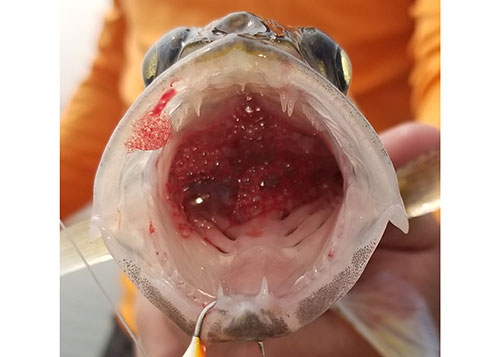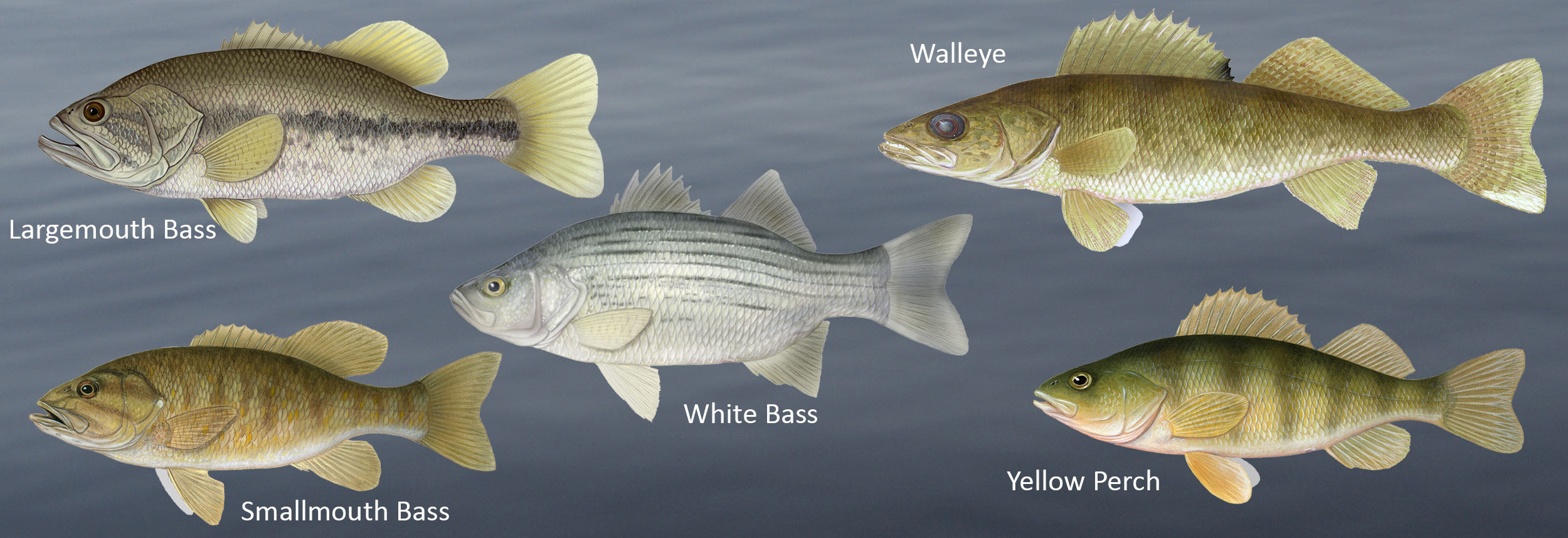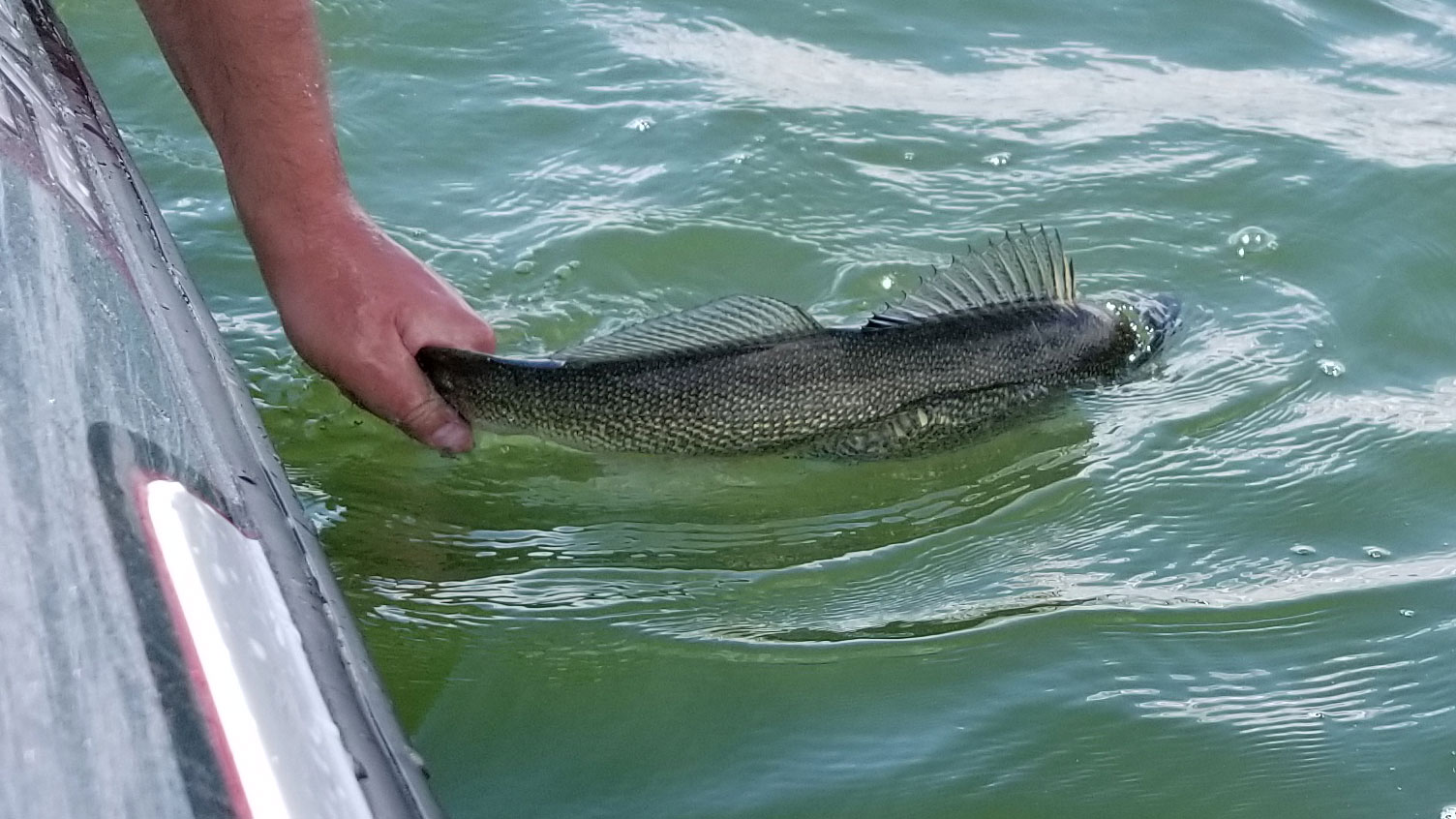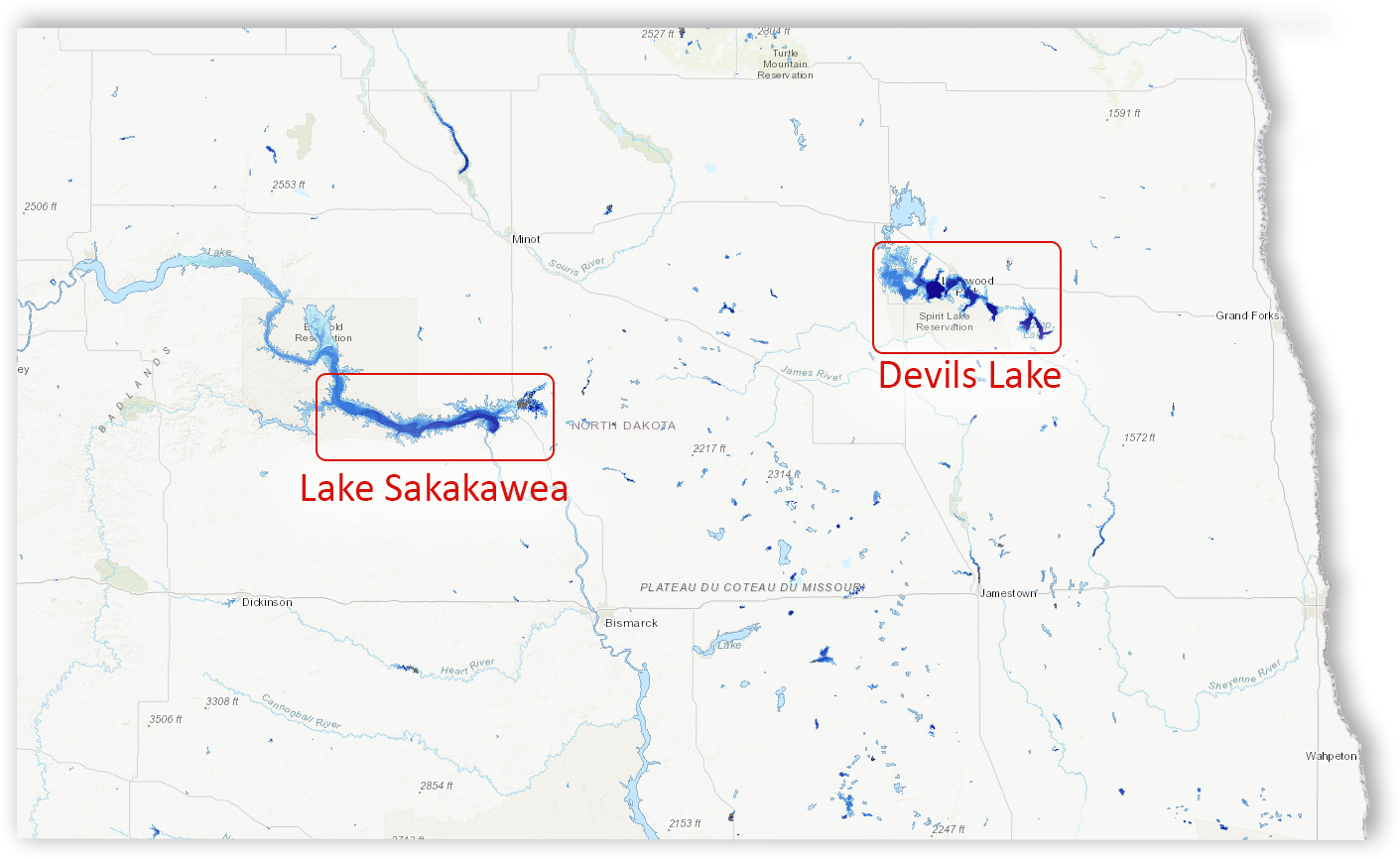
Barotrauma
What is Barotrauma
“Barotrauma” is the term used to describe any of the number of injuries, or trauma, a fish may receive from rapid changes in barometric pressures.
For fish caught by anglers, these rapid pressure changes occur when fish are reeled to the surface from deep water.
Barotrauma injuries include things like eversion, prolapse, torsion and volvulus of the stomach, hemorrhaging of internal organs, hematomas, and loss of vision.
Barotrauma often leads to mortality, either immediate or delayed.
Symptoms
Note: Most internal injuries are not visible to anglers.
Easily detectable symptoms
- Bulging eyes
- Gas bubbles formed under the skin
- Bleeding gills
- Expanded swim bladder that pushes the stomach out of the fish’s mouth
Less obvious internal symptoms
- Hematomas
- Affected vision
- Hemorrhaging of internal organs


Mortality
Injuries caused by barotrauma may cause immediate mortality or may lead to changes in a fish’s behavior or delayed mortality, even if the fish appears fine when it swims away. For example, a fish with swim bladder damage when released may be unable to right itself or swim back to its original depth. Fish unable to submerge are subject to stress from higher surface temperatures or sun exposure, being struck by boats or increased predation as they become easy prey for birds like gulls or pelicans.
Impacted Fish

Some fish, such as largemouth bass, smallmouth bass, white bass, walleye and yellow perch, are more susceptible to barotrauma than others.
Fish like trout, salmon and pike have a duct that connects their swim bladder to their stomach, allowing them to “burp” air to decompress their swim bladder as they are brought up from the depths.
Fish like walleye, perch or bass do not have this duct and regulate their swim bladder by releasing gasses through the gills via the bloodstream (similar to how a human lung exchanges oxygen and carbon dioxide in the blood). This is a much slower process, and results in the bloated appearance of the swim bladder when a fish is reeled in from deep water.
In numerous studies across North America, largemouth bass, smallmouth bass, white bass, walleye and yellow perch have exhibited increased mortality due to the effects of angling barotrauma. The depths of those effects varied depending on the study lake or fish species, but in general most studies have shown a dramatic increase of mortality when depths exceed 10 meters or roughly 33 feet
Where is barotrauma a problem?
Barotrauma is not an issue everywhere in North Dakota because most shallow prairie lakes seldom exceed 33 feet in maximum depth.
Concerns are highest in larger, deeper bodies of water like Lake Sakakawea or Devils Lake.
Walleye in Lake Sakakawea are notorious for moving deeper in pursuit of rainbow smelt, a cold water forage fish that also seeks deeper water as summer warms up.
At Devils Lake, barotrauma has become more common as water depths increased beginning in the early 1990s. In summer, walleye, especially large fish, will often be found at cooler depths, spread out among the deeper basins of the lake. In winter, the concern of barotrauma focuses on yellow perch, the prime target of winter anglers at Devils Lake for decades.
When a younger year-class of perch is approaching harvestable size, anglers will often sort through a lot of smaller perch in search of a keeper, and this becomes a concern when many of the released fish cannot swim away on their own due to barotrauma.
Prevention

Anglers should refrain from practicing catch-and-release for fish like bass, walleye or yellow perch caught from deep water.
Anglers who choose to fish in deep water should intend to harvest fish they catch, up to their daily limit.
Anglers who wish to practice catch-and-release should target fish in shallower water to maximize survival of the fish they release.

